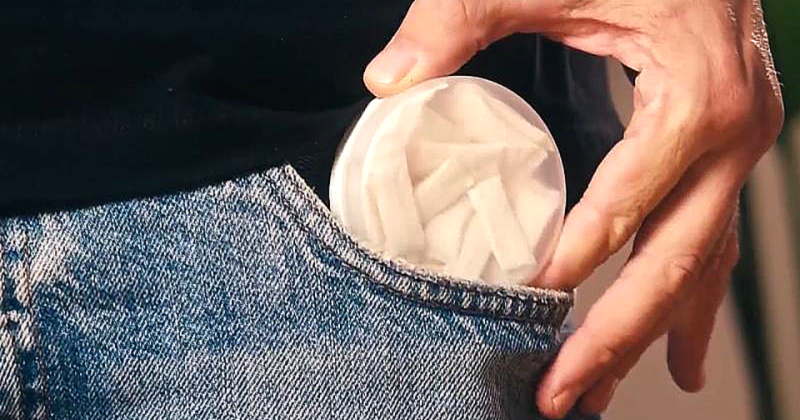Decoding Chocolate Cysts: Bindi Irwin's Experience & What You Need to Know About Endometriosis

Bindi Irwin, the beloved wildlife conservationist, recently shared her experience with a health condition called a “chocolate cyst,” sparking widespread curiosity and concern. But what exactly *is* a chocolate cyst, and why is it linked to endometriosis? This article breaks down the facts, explores the connection, and provides essential information for anyone seeking to understand this condition and its potential impact on women's health.
Understanding Endometriosis: The Root Cause
Before diving into chocolate cysts, it's crucial to understand endometriosis. It's a common condition affecting an estimated 10% of women of reproductive age. Endometriosis occurs when tissue similar to the lining of the uterus (the endometrium) grows outside the uterus – on ovaries, fallopian tubes, bowel, and other pelvic organs. This misplaced tissue behaves like the endometrium, thickening, breaking down, and bleeding during each menstrual cycle. However, unlike the uterine lining, this blood has nowhere to go, leading to inflammation, scarring, and adhesions.
What are Chocolate Cysts (Endometriomas)?
Now, let's address the “chocolate cyst.” This isn't a playful name; it accurately describes the appearance of these cysts when viewed on imaging scans. Chocolate cysts, medically known as endometriomas, are cysts that form on the ovaries. They are filled with dark, thick, old blood – resembling melted chocolate – and are directly linked to endometriosis. They develop when endometrial tissue implants on the ovary and forms a cyst.
Symptoms and Impact
The symptoms of chocolate cysts, and endometriosis in general, can vary greatly from woman to woman. Some women experience no symptoms at all, while others face significant challenges. Common symptoms include:
- Painful Periods (Dysmenorrhea): Severe cramping and pelvic pain that can worsen over time.
- Pelvic Pain: Chronic, persistent pain in the lower abdomen, even outside of menstruation.
- Pain During Intercourse (Dyspareunia): Discomfort or pain during sexual activity.
- Infertility: Endometriosis and chocolate cysts can interfere with ovulation and fertilization, making it difficult to conceive.
- Bowel and Bladder Problems: In some cases, endometriosis can affect the bowel and bladder, leading to pain, constipation, diarrhea, or frequent urination.
Diagnosis and Treatment
Diagnosis typically involves a pelvic exam, ultrasound, and sometimes an MRI. Laparoscopy – a minimally invasive surgical procedure – is often used to confirm the diagnosis and stage the severity of endometriosis.
Treatment options depend on the severity of symptoms, age, and desire for future pregnancy. Options include:
- Pain Management: Over-the-counter or prescription pain relievers, hormonal birth control to suppress ovulation.
- Hormone Therapy: Medications to regulate hormones and reduce endometrial tissue growth.
- Surgery: Laparoscopic surgery to remove endometrial implants and chocolate cysts. In severe cases, a hysterectomy (removal of the uterus) may be considered.
Bindi Irwin's Story and Raising Awareness
Bindi Irwin’s openness about her experience with endometriosis and a chocolate cyst has brought much-needed attention to this often-misunderstood condition. Her story highlights the importance of early diagnosis and seeking medical help if you’re experiencing concerning symptoms. By sharing her journey, she's encouraging other women to prioritize their health and advocate for themselves.
Key Takeaways
Chocolate cysts are a significant complication of endometriosis, impacting fertility and causing debilitating pain for many women. Understanding the condition, its symptoms, and available treatment options is crucial for improved diagnosis and management. If you suspect you may have endometriosis, consult a healthcare professional for proper evaluation and personalized care. Don't hesitate to seek help – you're not alone.






